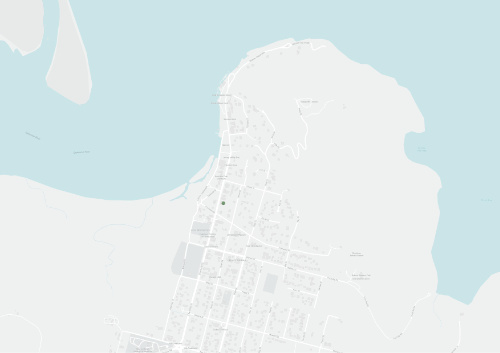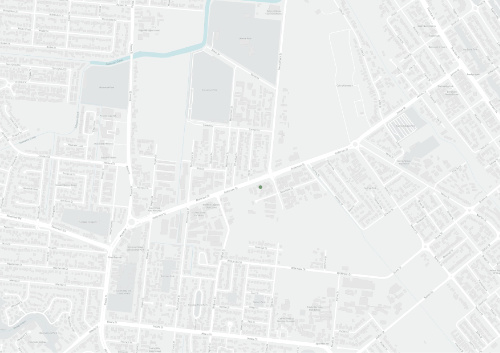Woody Thickening Guide Coming Soon
A new guide to dealing with wood thickening: the increasing density of woody plants encroaching on grasslands – is due to be released in July.
Cape York NRM Fire Coordinator Andrew Drenen said the guide was for land managers and fire practitioners on Cape York in particular but could be applied across the top of northern Australia in general. “What is woody thickening, where does it occur, what causes it and what control options are available are some of the things we’ve covered,” he said.
“We have gathered all available evidence and data, and several outstanding professionals have closely guided the writing. “We also had a lot of stakeholder input directly through interviews with more than 20 Cape York residents, land managers and fire practitioners.” He said woody thickening was considered across the board to be a bad thing.
“The guide identifies that woody thickening is widespread across the Cape,” he said. “It affects grasslands and is therefore directly affecting threatened species, including the golden-shouldered parrot. “It also affects pastoral viability, if the trees outcompete the grasses then there’s less carrying capacity for cattle and it can make it harder to muster – helicopter pilots have even reported that across a lot of Cape York, it's hard to find somewhere to land because there's more trees than there used to be.”
He said they had also looked into fire regimes. “We have looked into whether fire regimes have contributed to woody thickening, so we’ve included a lot of information about maintaining a technique called ‘storm burning’ to help maintain our grasslands,” he said.

